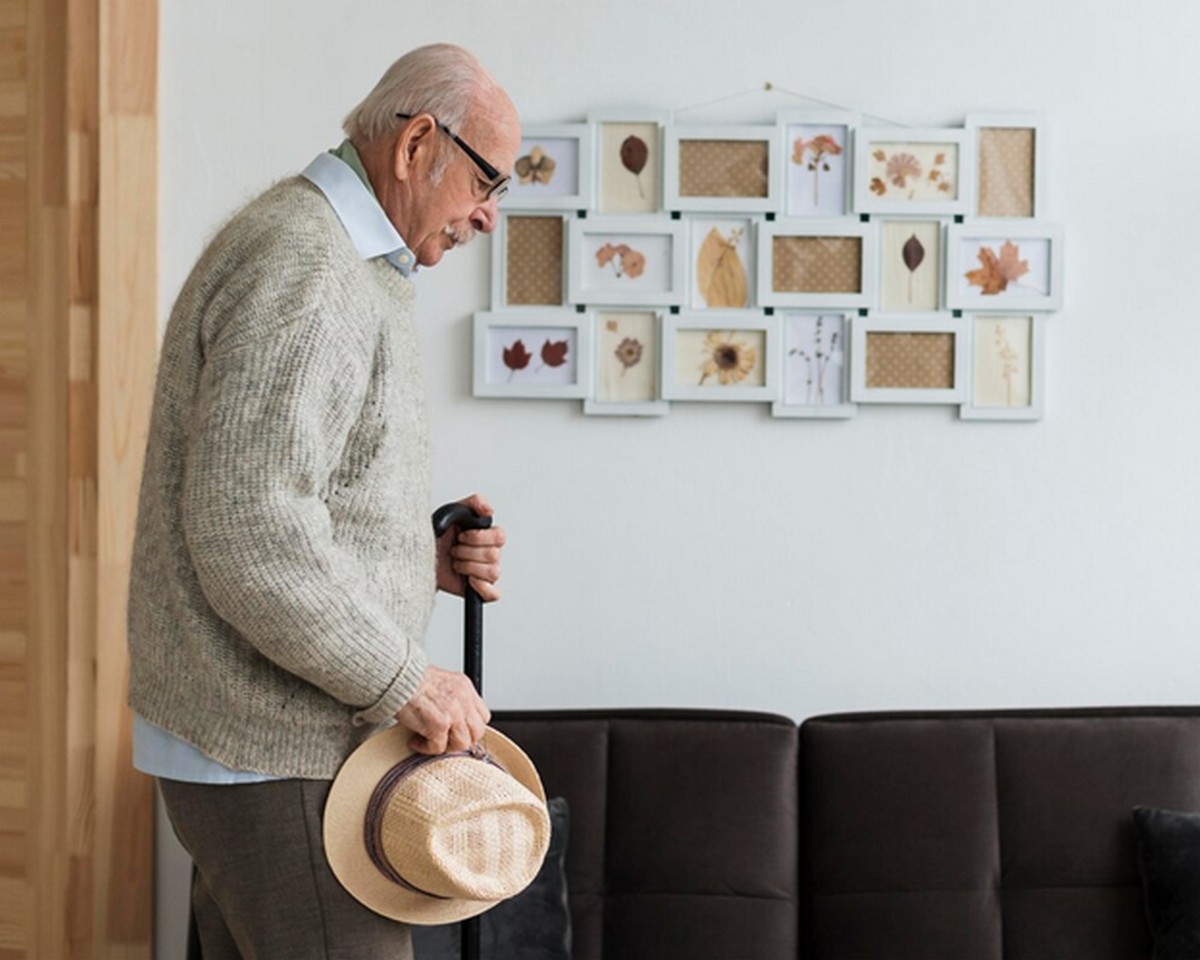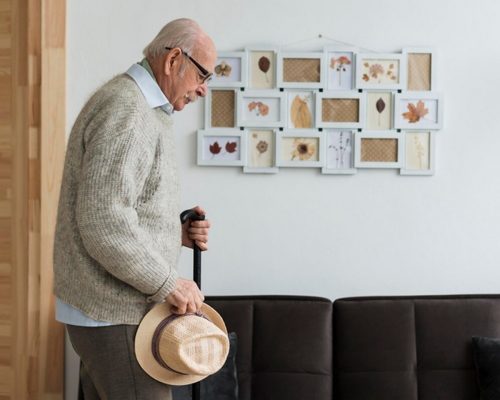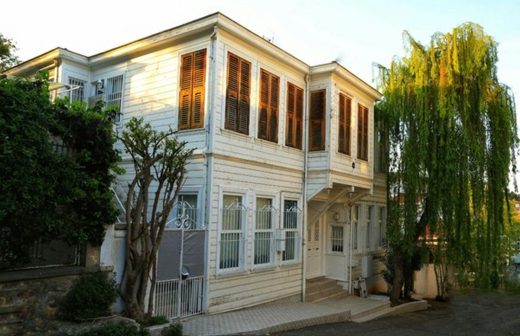Creating dementia-friendly homes guide to supportive living spaces, House safe spaces design
A Guide to Creating Dementia-Friendly Homes: Supportive Living Spaces
30 July 2024
According to the World Health Organisation, Dementia affects over 55 million people worldwide, and that number is growing every day. It’s a condition that touches not just individuals, but entire families and communities.
As someone who’s been reading so much about dementia care lately and taking dementia awareness training, I’ve learned about the many challenges faced by both patients and caregivers.
It’s opened my eyes to how complex and demanding dementia care can be, but also to the many ways we can make a positive difference.
People often aren’t sure how to best care for those with dementia. They might focus solely on medical treatments or day-to-day care routines, overlooking a crucial aspect: the living environment.
Today, I’ll be sharing what I’ve learned about how design and living spaces can help people living with this condition.
I’ll pass on insights from my course and readings, and give you examples of what you can do to make a big difference.
Why is this so important?
Well, imagine if you woke up one day and couldn’t remember where things were in your own home.
Scary, right?
That’s often what it’s like for people with dementia. By making some smart changes to their living space, we can help them feel safer, more independent, and less confused.
It’s not about creating a perfect home – it’s about creating a supportive one. So, let’s dive in and explore how we can turn ordinary spaces into havens of comfort and safety for those living with dementia.
Creating Dementia-Friendly Homes: A Guide to Supportive Living Spaces
Why Home Design Matters
First off, let’s chat about why home design is so important for people with dementia. Imagine if you woke up one day and couldn’t remember where things were in your own home.
Scary, right?
That’s often what it’s like for people with dementia.
By making some smart changes to their living space, we can help them feel safer, more independent, and less confused.
- Let There Be Light!
One of the easiest and most effective changes you can make is improving lighting. As we age, we need more light to see well, and this is especially true for people with dementia.
Here’s what you can do to improve lighting:
- Install brighter bulbs in all rooms.
- Add task lighting in the kitchen and bathroom.
- Use natural light as much as possible – open those curtains!
- Consider motion-sensor night lights for hallways and bathrooms.
For example, in the kitchen, you might install under-cabinet lighting. This not only makes it easier to see while cooking or making a snack, but it also reduces shadows that can be confusing or scary for someone with dementia.
- Color Me Safe
Colors can be a powerful tool in creating a dementia-friendly home.
Here’s how to use them effectively:
- Use contrasting colors for important things. If the walls are light, make light switches and door handles dark.
- Avoid busy patterns on walls or floors – they can be confusing and even cause dizziness.
- Use warm, soothing colors like soft yellows or light blues to create a calm atmosphere.
For instance, in the bathroom, you might paint the toilet seat and handrails a color that stands out from the rest of the room. This makes them easier to find and use. You can read this article by Nick Andrew as well: Best Memory Care Design
- Keep It Simple and Familiar
People with dementia often find comfort in familiar surroundings.
Here are some tips:
- Keep furniture in the same place – don’t rearrange things too often.
- Use clear labels with both words and pictures on drawers and cabinets.
- Display familiar objects and family photos.
For example, you could create a memory wall with photos of family members, each labeled with the person’s name and relationship. This can help jog memories and provide a sense of connection.
- Safety First
Safety is super important when designing for someone with dementia.
Here are some key things to consider:
- Remove tripping hazards like loose rugs or clutter on the floor.
- Install handrails in hallways and bathrooms.
- Use childproof locks on cabinets that contain dangerous items.
- Consider a stove with automatic shut-off features.
For instance, in the shower, you might install a handheld showerhead, a shower seat, and non-slip mats.
These simple changes can make bathing safer and less stressful.
- Create Clear Paths
People with dementia can sometimes get lost, even in their own homes.
To help with this:
- Create clear pathways throughout the house.
- Use different flooring textures to mark transitions between rooms.
- Keep hallways well-lit and clutter-free.
For example, you could use a slightly darker carpet in the hallway leading to the bedroom, while keeping the living room floor lighter.
This subtle change can help guide the person to their destination.
- Outdoor Spaces Matter Too
Don’t forget about outdoor areas! A safe, enclosed garden can be a wonderful space for someone with dementia.
Here’s what you can do with Outdoor Spaces:
- Create a circular path that always leads back to the starting point.
- Use raised beds for gardening to reduce the need for bending.
- Provide comfortable seating with shade.
For instance, you might create a small herb garden in raised planters. The familiar smells can be comforting and might even spark memories.
Remember, every person with dementia is unique, so what works for one might not work for another.
The key is to observe, be patient, and be willing to make changes as needed. With some thoughtful design choices, you can create a home that supports and comforts your loved one with dementia.
For care and residential homes, care home managers can decide to have a train the trainer course on dementia in house to help improve care to dementia patients.
It’s all about making their world a little easier to navigate, one room at a time.
Writer: Femi Lawore (Digital Marketer)
Comments on this guide to Creating Dementia-Friendly Homes: A Guide to Supportive Living Spaces article are welcome.
Building Siding Material
Building External Siding Materials
Home with siding installation and repair
Reasons to replace your home’s siding
Common siding problems to repair
Guide to exterior siding materials and maintenance
Painting Metal Siding on Industrial Buildings
Building
Residential Property
Comments / photos for the Creating Dementia-Friendly Homes: A Guide to Supportive Living Spaces page welcome







